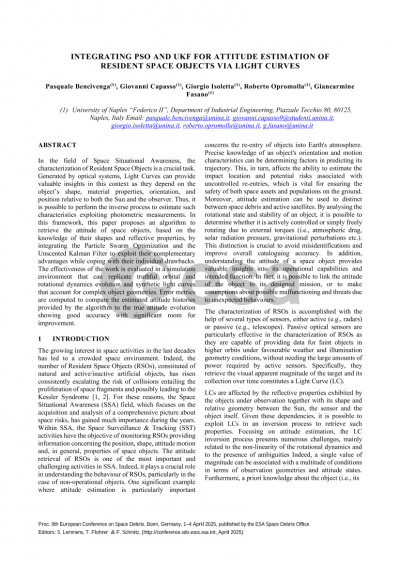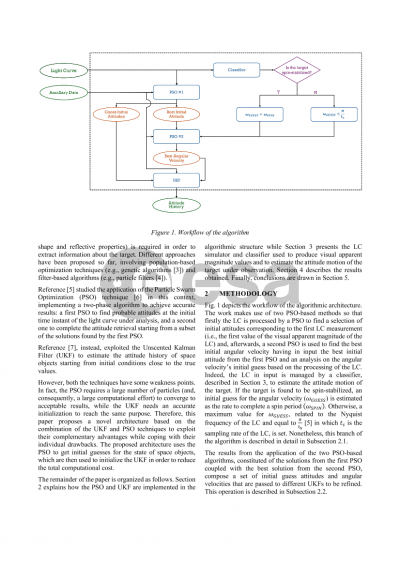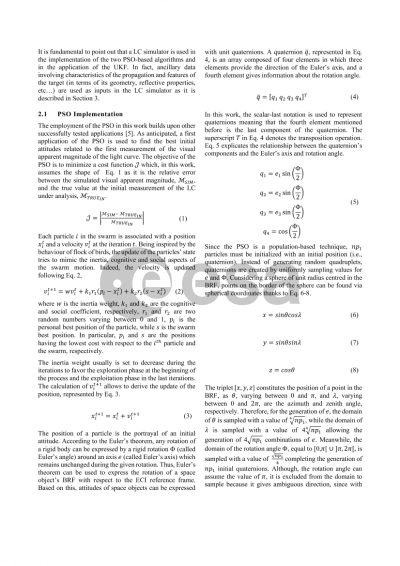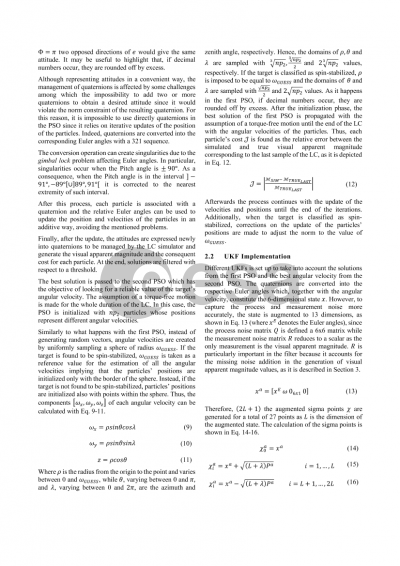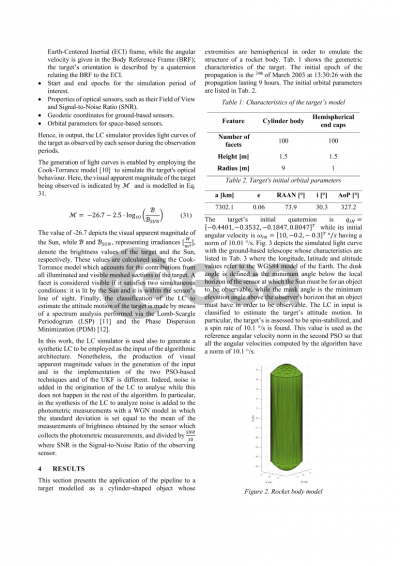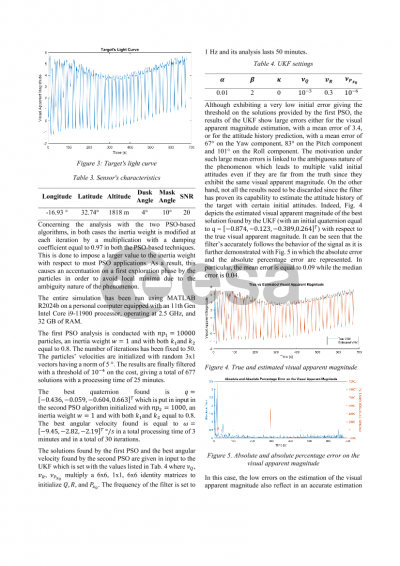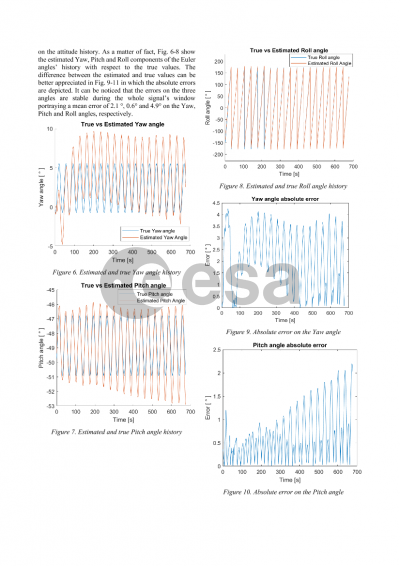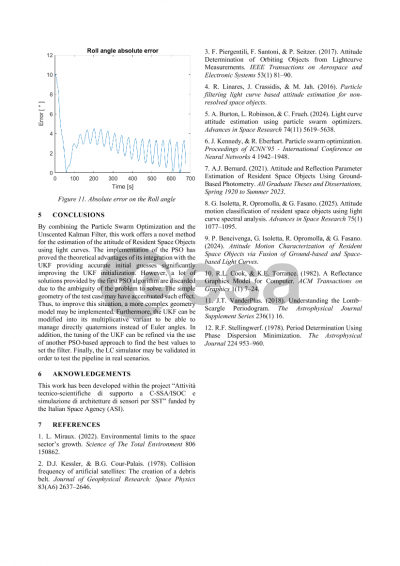Document details
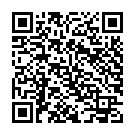
Abstract
In the field of Space Situational Awareness (SSA), the task of characterizing the shape, physical properties, and attitude motion of Resident Space Objects (RSOs) is a crucial one. Generated by optical systems, the total brightness of sunlight reflected off the object - recorded over time as a light curve (LC) – can provide valuable insights in this context. LCs mirror an object’s shape, material properties, orientation, and position relative to both the Sun and the observer. Since LCs depend on these factors, it is possible to perform the inverse process to estimate such characteristics exploiting photometric measurements.
Although some of these properties (e.g., the attitude motion) may be estimated without any kind of knowledge about the target, there are other characteristics (e.g., the attitude) which necessarily require a-priori information because of the high non-linear nature of the LC inversion process.
In this framework, this paper proposes an algorithm to retrieve the attitude of RSOs having a-priori knowledge about the shape and reflective properties of the objects of interest. Indeed, there are several techniques in the literature that accomplish this objective, such as genetic algorithms, particle filters, data-driven approaches, filtering techniques, and metaheuristic algorithms including the Particle Swarm Optimization (PSO).
Among filtering algorithms, the Unscented Kalman Filter (UKF) is well suited to the attitude estimation problem due to its capability to handle the non-linearity in the rotational dynamics model. Indeed, UKF-based attitude estimation using LC measurements is a well-established approach able to provide good performance both in terms of accuracy and computational efficiency. However, like other filter-based techniques, it requires an accurate guess about the target’s initial status (i.e., its angular rates and attitude) to ensure convergence to the correct solution, but the availability of such information is rarely guaranteed. PSO approaches have also been used for attitude estimation problems in view of their lower dependency on initialization errors with respect to filtering techniques. In fact, the convergence of the PSO is strongly related to the particles number, representing different solutions of the problem. Specifically, a very high number of particles is often required to achieve good results, in spite of a drastic increase in computational complexity.
In this context, an attitude estimation architecture based on light curves is proposed which combines the UKF and PSO techniques to exploit their complementary advantages while coping with their individual drawbacks. The main idea is to use the PSO to get initial guesses for the target’s state which are then used to initialize the UKF.
The proposed algorithm includes a light curve simulator, employing the well assessed Cook-Torrance reflectance model, and a coupled translational and rotational numerical propagator inclusive of the effects of the main perturbations. The performance of the algorithm is assessed for several test cases including realistic propagations of orbital and attitude dynamics and simulated ground-based and space-based sensors. Light curves are analyzed to retrieve the target’s attitude history which is compared to the propagated one to assess the performance of the algorithm.
Preview
